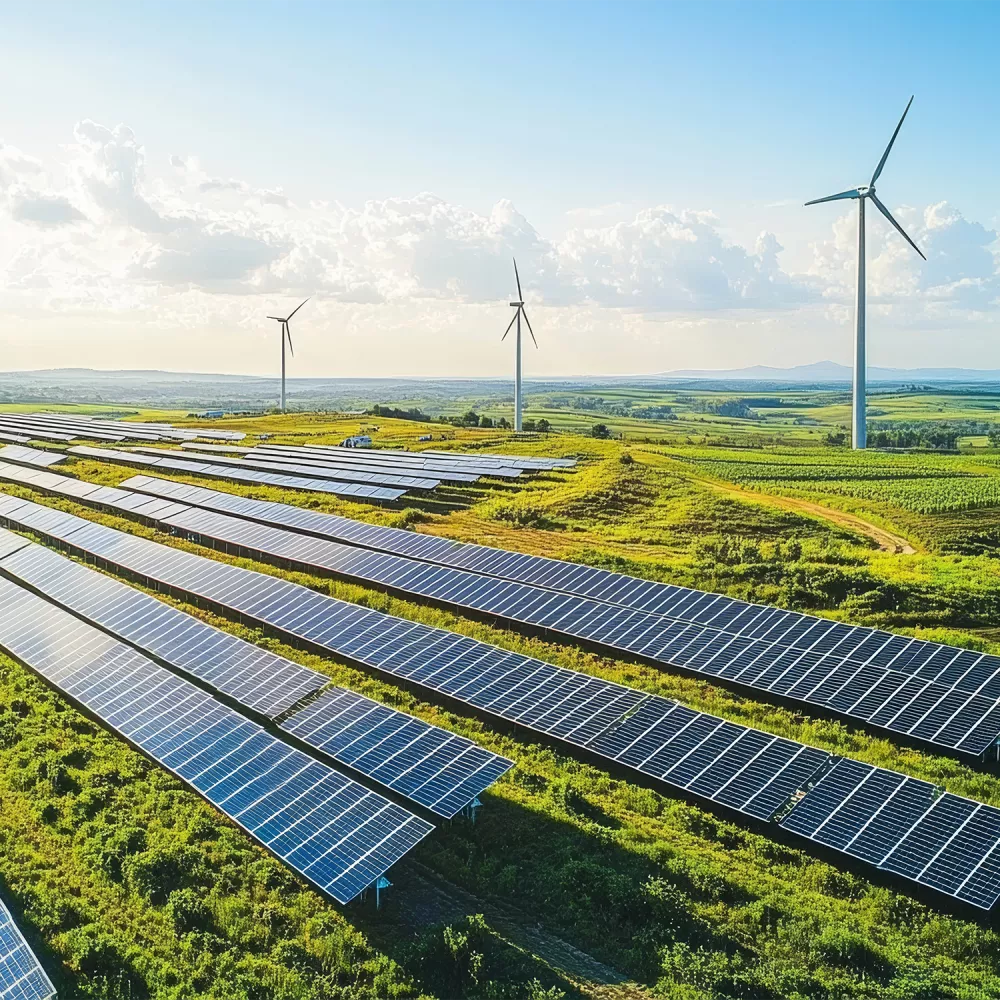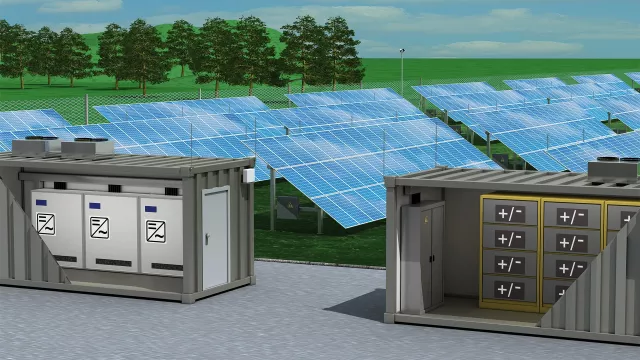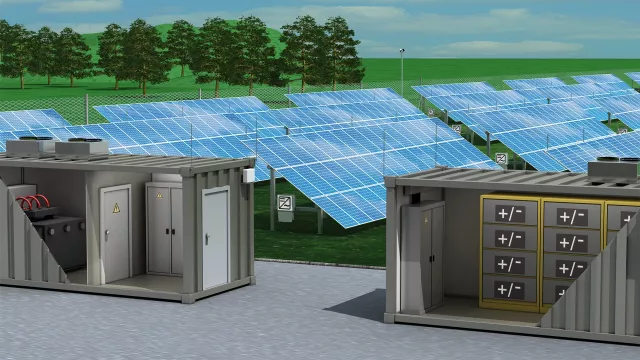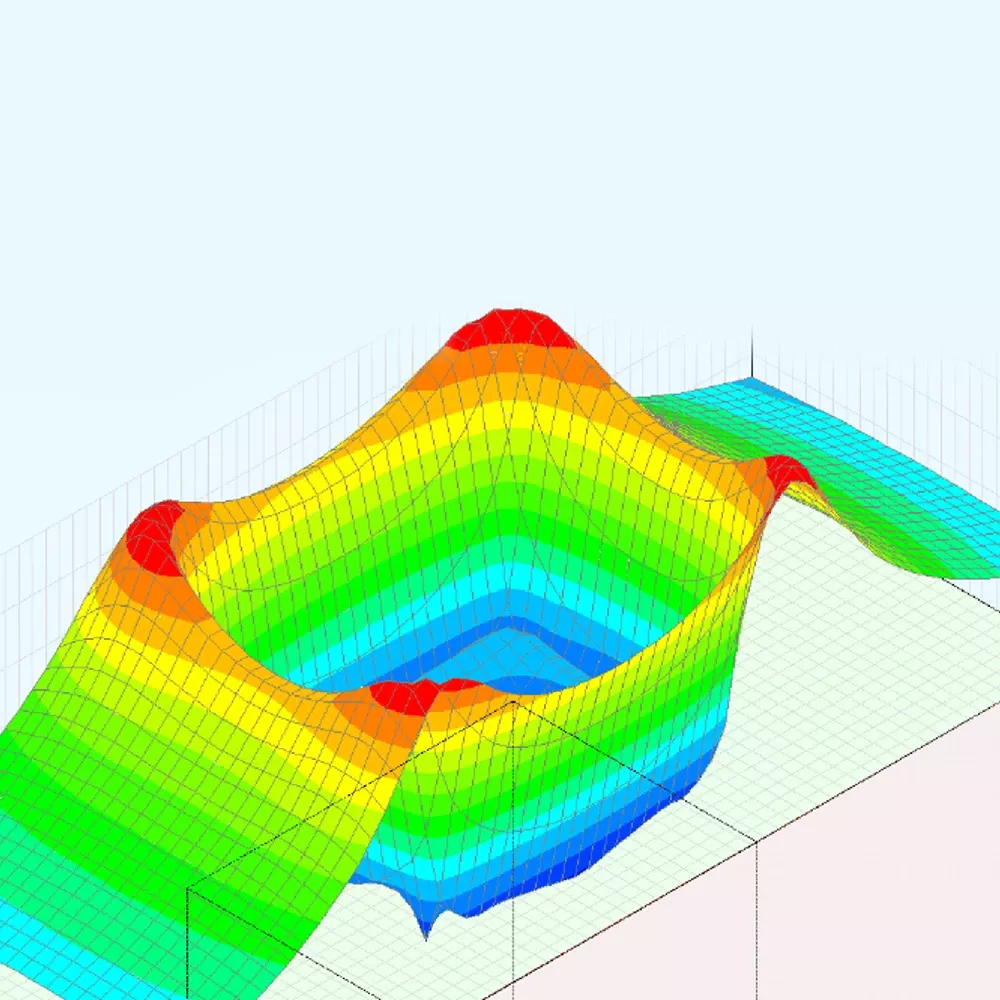Protection for ground-mounted photovoltaic systems
Solar parks are an important pillar of renewable energy generation and are enjoying increasing demand. If you want to invest in a ground-mounted power plant or are involved in the planning and procurement for such a project, you have clear priorities:
The availability of the system.
The avoidance of maintenance or repair costs.
In addition to the energy supply to customers, the profitability of the solar park and possibly the fulfilment of tender and subsidy criteria also depend on failure-free operation. As an integral part of the renewable energy mix, PV power plants must fulfil conditions for stable grid operation, often have a service life of at least 20 years and are measured by their annual performance ratio – i.e. their electricity yield.
Every failure jeopardises these basic requirements. Lightning and surge protection should therefore be included right from the start of the planning phase. As a competent full-service provider, we support you with reliable analyses and concepts, as well as customised protection solutions.

The first step towards a PV protection solution: the risk analysis
By carrying out a risk analysis in accordance with IEC 62305-2, you ensure that a lightning protection concept has been created that is clear to all parties involved, is technically and economically optimised and offers the necessary protection at a manageable cost. We look forward to helping you. As part of the comprehensive DEHN Engineering Services, you can place the risk analysis for your system completely in the hands of our experts. Alternatively, you can carry out the risk analysis yourself quickly and easily using the DEHNrisk application.
The right protection for every system design
When planning and implementing lightning and surge protection measures, a distinction is made between solar parks with central inverters and string inverters.
Air-termination systems are used to protect the module field of both system types from direct lightning strikes. The air-termination rods are often mechanically attached to the metal mounting structures on which the modules are mounted. The mounting frame also serves as a down conductor and connection to the earthing system. Air-termination systems are also used for operations buildings and battery storage systems.
The following examples will show you how the protection concepts for the two types of system differ in detail.

Protection solution for solar parks with central inverter
PV system concepts with central inverters are usually set up with generator junction boxes, so-called DC combiner boxes or DC sub-distribution boards, in the field and a central inverter near the transformer station. The generator junction boxes are usually located on the mounting system of the solar modules, where the respective strings are collected and routed to the central inverter.
In the event of a direct lightning strike to the air-termination system or metal structure of the support frame, this extensive DC cabling acts as an equipotential bonding conductor between the local earth potential of the module field and the "remote" equipotential surface of the infeed transformer or central inverter. Partial lightning currents flow in the DC cabling with both relatively low and high specific earth resistance. Due to the partial lightning currents to be expected, Type 1 + 2 combined arresters are also required to protect the DC system components in addition to the AC side.

Protection solution for solar parks with string inverter
In contrast to systems with central inverters, partial lightning currents flow on the AC lines in systems with decentralised string inverters. Accordingly, Type 1 + 2 combined arresters must be installed on the AC side of the string inverters and the low-voltage side of the infeed transformer.
With an appropriately designed earthing system, the string inverters and the module field connected to them form a local equipotential surface so that no lightning currents are to be expected on the DC cabling. Type 2 arresters (e.g. DEHNguard M YPV) are therefore sufficient on the DC side. The communication interfaces are also fitted with suitable surge protective devices.
Safely standard-compliant
These standards provide specifications and guidelines for the lightning and surge protection of photovoltaic systems:
- IEC 62305 for lightning protection
- IEC TR 63227:2020 contains specific protective measures that must be taken into account when installing lightning and surge protection systems
- IEC 60364-4-44 Section 443, IEC 60364-5-53 Section 534 and IEC 60364-7-712 deal with the installation of surge protection measures – even if there is no external lightning protection system.


















